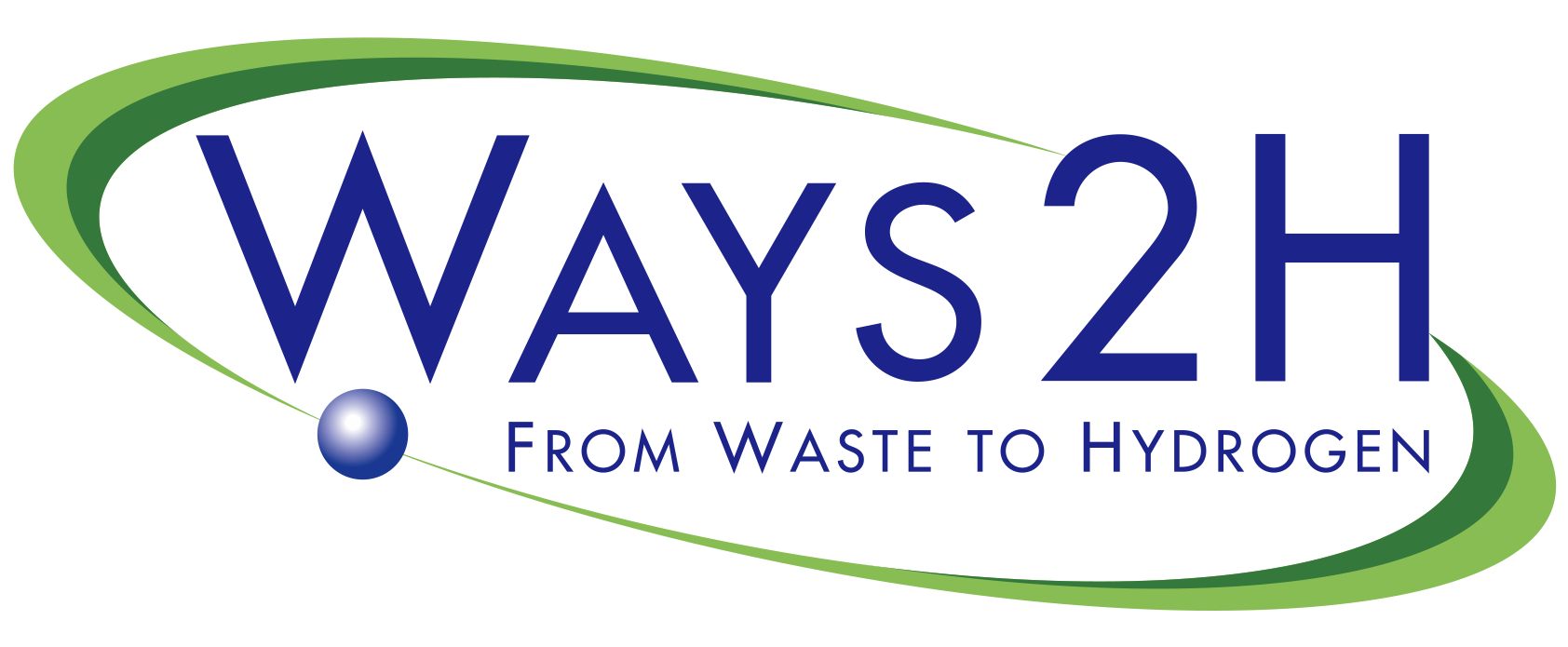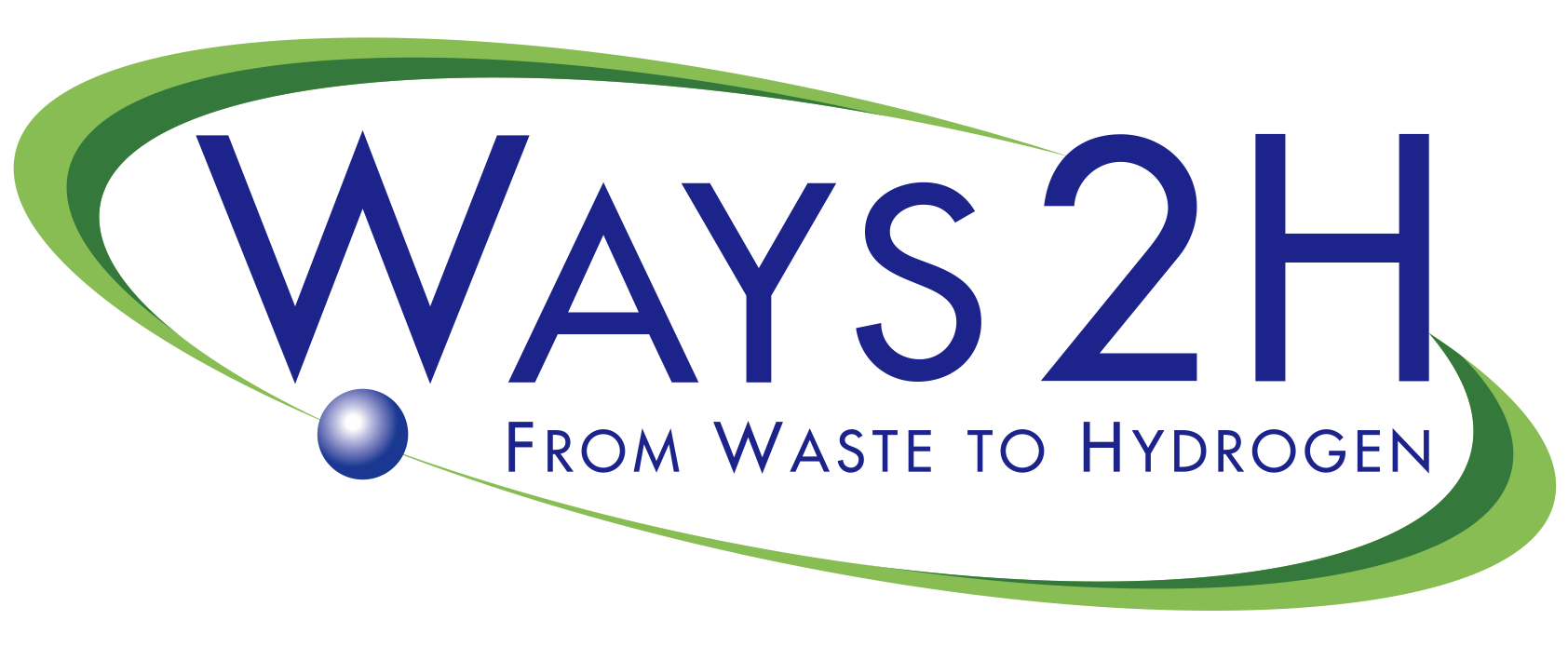Hydrogen Basics
Hydrogen Basics
Hydrogen is the most abundant element in the universe, though it is not found naturally on Earth. Hydrogen must be extracted from other sources. In its purest form, hydrogen is a non-toxic colorless and odorless gas.
Hydrogen (when used as a fuel), like electricity, is an energy carrier rather than an energy resource. Both electricity and hydrogen can be produced from all energy resources available (including, natural gas, petroleum products, coal, solar and wind electrolysis, biomass, and others). Hydrogen and electricity can be generated from greenhouse gas-neutral sources, addressing climate change and urban air quality problems. As with electricity, hydrogen can also be produced from sustainable domestic and renewable energy resources, such as wind or solar-powered electrolysis, which enhances our long term energy security.
Millions of metric tons of hydrogen are produced annually in the United States, which is enough to fuel tens of millions of FCVs. The current primary uses for hydrogen, however, are for the petroleum, ammonia for fertilizer, chemical, and food industries.
Today, 95% of the hydrogen produced in the United States is made by industrial-scale natural gas reformation. This process is called fossil fuel reforming or steam methane reformation (SMR) and uses natural gas and steam to generate carbon dioxide and hydrogen.
Hydrogen has been safely produced and used in the U.S. and around the globe for nearly half a century. As with every fuel, safe handling practices are required but hydrogen is non-toxic and does not pose a threat to human or environmental health if released.
Hydrogen systems are as safe, if not safer, than conventional fuel systems, including gasoline and natural gas. Hydrogen is ubiquitous in the universe. On Earth, hydrogen is a molecule consisting of two atoms and has a propensity to bond with other molecules. Hydrogen has been safely used by many different industrial sectors for more than 50 years. Ten million metric tons of hydrogen is produced every year for use in a range of industrial applications such as chemical, refining, electronics, and pharmaceuticals. Hydrogen can create clean energy and stores energy from renewables, is used to make fertilizer, and makes consumer goods and food more shelf-stable. In the transportation section, hydrogen has been safely used as a fuel for cars, trucks, buses, forklifts, and other applications. In fact, FCVs meet the strictest safety and quality standards set by both the United States National Highway and Transpiration Administration (NHTSA) and the United Nations Global Technical Regulations (GTR). On the next page are six facts demonstrating hydrogen’s unique safety qualities. 50 years ZERO EMISSIONS. ZERO COMPROMISE. Hydrogen has been safely produced, stored, transported, and used in the American industrial sector for the past 50 years.
1. LOW RADIANT HEAT
Hydrogen flames have low radiant heat. Hydrogen combustion produces heat and water. Due to the absence of carbon, a hydrogen flame has significantly less radiant heat compared to a hydrocarbon fire. Since the flame emits low levels of radiant heat and take (the flame itself is just as hot) the risk of secondary fires is lower.
2. NEEDS OXYDIZER TO COMBUST
Combustion cannot occur in a tank unless both a fuel (hydrogen) and an oxidizer are present. This means an oxidizer, such as air, must be present in the hydrogen tank or systems. Due to the physical properties of hydrogen and hydrogen storage system designs, it is impossible to get air in a tank under normal conditions.
3. CARBON-FIBER TANKS FCV
car manufacturers have developed and tested carbon-fiber hydrogen storage tanks, which withstand crash, drop test, fire, and ballistic testing.
4. SAFETY SYSTEMS
Hydrogen tanks and the vehicle systems are designed with multiple safety enhancements to prevent leaks in both routine use and extreme circumstances. In the very unlikely scenario that an issue should occur, hydrogen systems are designed to safely release and ventilate the hydrogen.
5. SAFE AND FAST HYDROGEN FUELING
The hydrogen fueling protocol has been universally accepted around the world to ensure safe refueling of fuel cell vehicles in three to five minutes for a range of 300 – 400 miles on a tank of fuel.
6. SAFETY, CODES, AND STANDARDS
As a result of decades of fundamental research into hydrogen behavior by private sector companies, the U.S. Department of Energy, and other organizations around the world, we have learned how to make hydrogen systems as safe, if not safer, than conventional fueling systems such as gasoline, natural gas, propane, and others. Hydrogen safety information resources and best practices are being developed and continually refined for emergency responders and authorities having jurisdiction based on safety research and development, as well as stakeholder input from the fire-protection community, academia, automobile manufacturers, and the energy, insurance, and aerospace sectors.
For further reading on hydrogen safety, we recommend the following resources:
The Hydrogen and Fuel Cell Safety Report maintained by the Fuel Cell and Hydrogen Energy Association: www.hydrogenandfuelcellsafety.info/ Hydrogen Tools Portal maintained by the Pacific Northwest National Laboratory (PNNL): https://h2tools.org/
Renewable Hydrogen What is hydrogen fuel? Hydrogen, like electricity, is an energy carrier rather than an energy resource. Both electricity and hydrogen can be generated via both traditional and renewable energy sources. Hydrogen is used for a range of applications as an industrial gas, however, it is increasingly being used as a clean fuel for fuel cell vehicles (FCVs), to power stationary fuel cells, or in power-to-gas and energy storage applications. When fueling FCVs, hydrogen is pumped as a compressed gas, which is non-toxic, colorless, and odorless. FCVs are able to replicate today’s current driving experience in traveling 300 to 400 miles on a tank of hydrogen fuel, and refueling in just three to five minutes. FCVs are zeroemission vehicles as the only tailpipe emission is water vapor. Renewable Hydrogen Production through Electrolysis Electrolysis is a common method used to produce hydrogen. Electrolysis involves the separation of water into its constituent elements - hydrogen and oxygen - by use of an electric current. By using electricity from solar or wind sources, hydrogen can be renewably generated and stored for later use as a zero-emission transportation fuel. On their own, renewable technologies often produce power intermittently (e.g., only when the sun is out or the wind is blowing), so hydrogen can also increase reliability by providing an energy storage medium. Hydrogen, renewably produced during off-peak periods and stored, can provide constant power using fuel cells or engines when the renewable power is not available. Renewable Hydrogen Production through Biogas Wastewater treatment plants, landfills, food/beverage processing facilities, wineries, breweries, factory farms, and other facilities generate tons of organic waste as a byproduct of daily operations. This waste - sewage, effluent, food or animal waste - can be expensive to remove and burdensome, even toxic, to store. However, increasingly these sites are adopting anaerobic digesters to convert the organic waste into renewable biogas. While some facilities combust biogas to generate electricity, there have been a number of demonstrations and deployments around the country using biogas to fuel stationary fuel cell systems providing clean electricity and heat for the facility. In some cases, the fuel cell systems have been configured for trigeneration, providing a stream of pure hydrogen fuel as well for fueling local fuel cell vehicles.


